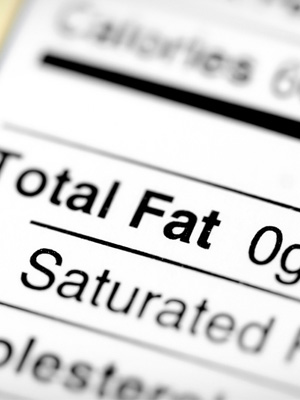The term “low fat” is used on a daily and quite regular basis. The words are written on dairy products at the grocery store. It’s listed on coffee shop options. It’s said by food commercials trying to get customers to purchase their products. To say “low fat” has become a fad is a harsh understatement. However, with all of these words getting thrown around by different companies and brands, it’s hard to know what each of them mean. Here’s a simple guide to helping define “low fat” and finding the nutrients that your body truly needs:
Diet pop:
Diet soda was created in 1958, when Diet Rite was introduced by the RC Cola Company. The alternative form of soda was made as a form of dieretics, or healthier way to drink a carbonated beverage. Companies like Pepsi and Coca-Cola soon retaliated and released their own “healthier” versions of cola. However, while these companies have each changed their recipes over the years, what they market as “diet” doesn’t translate to “healthier”. Here’s why: today’s diet sodas are created with aspartame, high fructose corn syrup, and various other flavorings and additives. Aspartame and high fructose corn syrup have been under press for years as to how harmful they really are. People with certain health conditions cannot consume the substances at all. And, bottom line, they are man-made chemicals.
Sodas:
When first invented, regular pop was made with real sugar. Much healthier for the body to digest. Sodas were also packaged in small bottles — approximately less than a fourth of large fountain drinks today. Carbinated beverages simply weren’t invented for the rate they are consumed today. Diet or original, such large amounts of pop just simply aren’t healthy for the human body.
Grocery Stores:
Another popular form of diet foods can be found down shopping aisles. Dairy aisles are lined with “low fat” sour creams and cheeses. Crackers contain a smaller fat content, and salad dressings are “fat free.” In recent years, the popularity of dieting has found its way into marketing campaigns and consumers are often being fooled. Low fat can also mean low nutrients, and the only way to be sure of a product’s ingredients is to check the label. Not to mention low fat products can actually keep your body from retaining nutrients. (The body needs to intake fat so that it can absorbe nutrients during the digesting process.)
Oftentimes, something marked as diet or low fat is just a ploy to sell products. Many items are just as healthy on their own. Others, however, are actually less healthy, as taking out the “fat” will also take out important vitamins and nutrients and replace them with unnatural products that the body is unable to recognize.
When it comes down to purchasing low fat, chances are, if it says low fat, it doesn’t hold much in the way of nutrition. Remember to always check the labels before you eat, and don’t be fooled by big companies who are just trying to make a sale.











